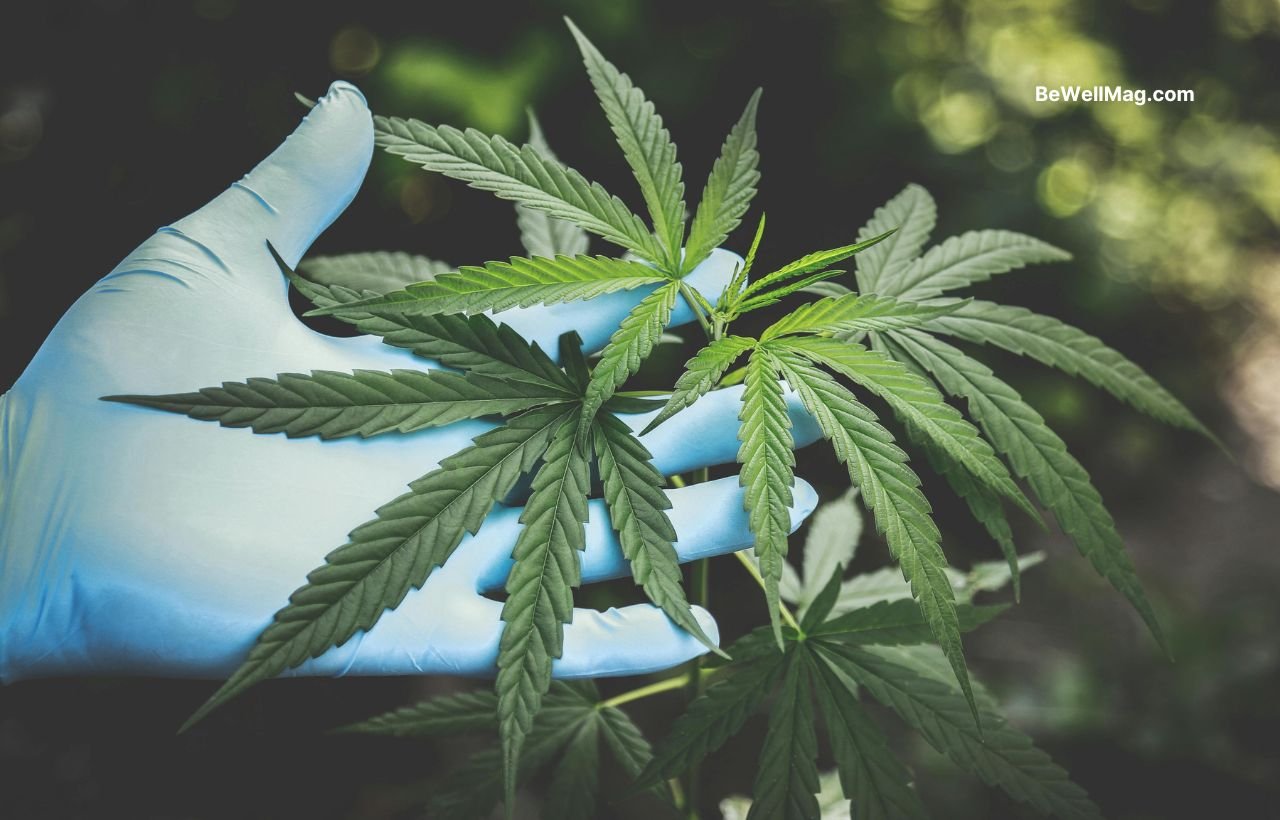Now Reading: Cannabis Smoking Exposed: Pulmonologists Uncover Critical Lung Health Risks
- 01
Cannabis Smoking Exposed: Pulmonologists Uncover Critical Lung Health Risks

Cannabis Smoking Exposed: Pulmonologists Uncover Critical Lung Health Risks
Cannabis smoking releases cannabinoids and harmful toxins that may impact lung health.
Table of Contents
What Is Cannabis Smoking?
Simply put, cannabis smoking is the act of inhaling smoke produced by burning cannabis. The process typically involves rolling the dried buds into joints, packing them into pipes, or using blunts. Many users prefer this method because it delivers the active ingredients quickly, allowing for immediate onset of effects.
Cannabis smokers often adopt deeper inhalation techniques compared to those used in cigarette smoking, sometimes holding the smoke in their lungs a bit longer to maximize absorption. While this may intensify the experience, it also increases the exposure of lung tissue to the potentially harmful byproducts of combustion.
Unpacking the Impact of Cannabis Smoke
When cannabis is burned, the resulting smoke carries a complex mix of chemicals. Alongside cannabinoids like THC and CBD, the smoke contains particulates, irritants, and even some carcinogens. Although the exact composition can vary depending on the strain and combustion temperature, the presence of these substances is a significant concern for lung health.
The inhalation of smoke irritates the delicate tissues of the respiratory system. Over time, this irritation can lead to symptoms such as a persistent cough, wheezing, and shortness of breath. In some cases, repeated exposure may contribute to chronic bronchitis, a condition characterized by inflammation of the airways. While some research suggests that the risk of developing chronic obstructive pulmonary disease (COPD) might be lower in people who exclusively smoke cannabis compared to tobacco smokers, deep inhalation and long breath-hold techniques could accentuate potential hazards.
Potential Risks of Smoking Cannabis
Cannabis smoking comes with several potential risks to respiratory health. Here are some points to consider:
- Respiratory Irritation: The process of combustion produces toxins that can irritate the airways. This may lead to a chronic cough or even episodes of acute bronchitis.
- Inflammatory Responses: Consistently inhaling smoke can trigger inflammation in lung tissues. Over the long term, this may leave your lungs more susceptible to infections and other respiratory conditions.
- Chronic Bronchitis: Regular cannabis smokers might experience symptoms similar to those seen in chronic bronchitis, such as persistent mucus production and chest discomfort. Such symptoms can worsen with prolonged exposure.
- Combined Substance Use: For individuals who smoke both cannabis and tobacco, the risks are compounded. Dual use can exacerbate damage to the lungs, heightening concerns over the cumulative impact on respiratory function.
- Unknown Long-Term Effects: Because of differing smoking practices and the relatively recent shift in cannabis legalization, long-term studies on cannabis smoking are still evolving. The full extent of its adverse effects may not be entirely clear, which adds a layer of uncertainty for regular users.
These risks underscore the importance of understanding that, while cannabis contains beneficial compounds, the act of smoking it can have unintended consequences for your lung health.
Safer Alternatives for Consuming Cannabis
For those who wish to enjoy the benefits of cannabis while minimizing respiratory risks, there are several alternative methods to consider:
- Vaporizing: Vaporizers heat cannabis at lower temperatures than combustion, releasing cannabinoids in a vapor without burning the plant material. This method significantly reduces the production of harmful toxins.
- Edibles and Tinctures: Consuming cannabis through edibles or tinctures bypasses the lungs entirely. While these options may have a slower onset of effects, they offer a smoke-free experience that is easier on the respiratory system.
- Topicals: Cannabis-infused creams and balms are ideal for localized relief without any impact on lung health. They allow you to reap some therapeutic benefits without inhalation.
Exploring these alternatives can help balance the desire for cannabis’ benefits with a commitment to long-term lung health.
Conclusion
Cannabis smoking remains a popular method for those seeking quick relief or a potent recreational experience. However, understanding the process—burning the plant, producing smoke with both beneficial cannabinoids and harmful toxins—is essential. The potential risks, including respiratory irritation, chronic bronchitis, and the possibility of compounded damage when used alongside tobacco, cannot be ignored.
By recognizing that the allure of immediate effects should be weighed against long-term lung health, users can make more informed decisions about how they consume cannabis. Safer alternatives such as vaporizing, edibles, tinctures, or topicals offer a way to enjoy cannabis without exposing the lungs to the hazards of combustion.
Ultimately, staying informed and choosing methods that align with your health priorities is key. Whether you continue to smoke or switch to a safer alternative, understanding the full picture of cannabis smoking helps you take control of your well-being.











